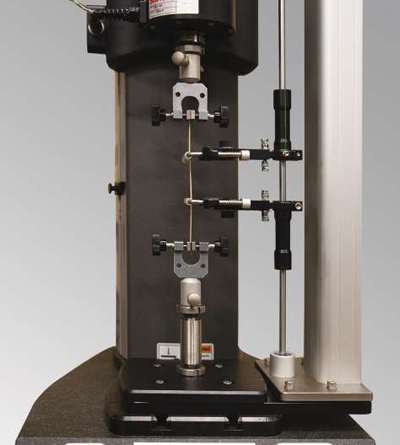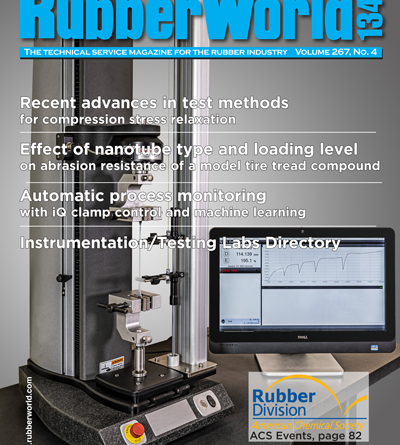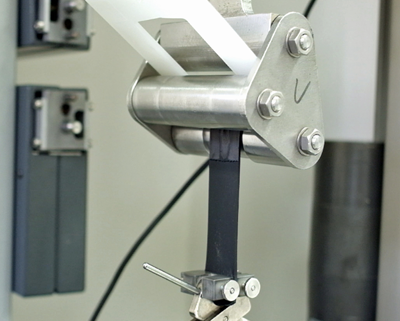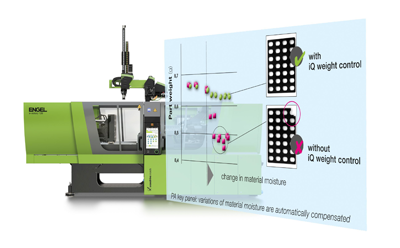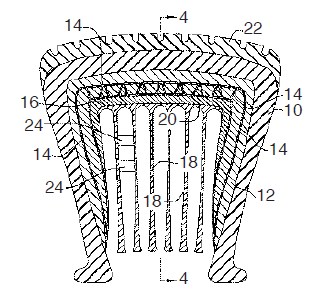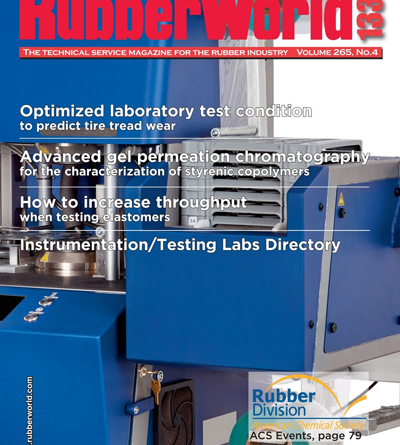A primer on material testing rubber
The purpose of performing material testing is to ensure the
properties of the materials will meet specific requirements.
Proper testing on a material testing/force stand ensures that the
material will respond appropriately when placed under the expected
usage conditions, or meet the standards required for
product development. For rubber materials, the properties are
often found by testing the raw component before it is made into
the final product.

